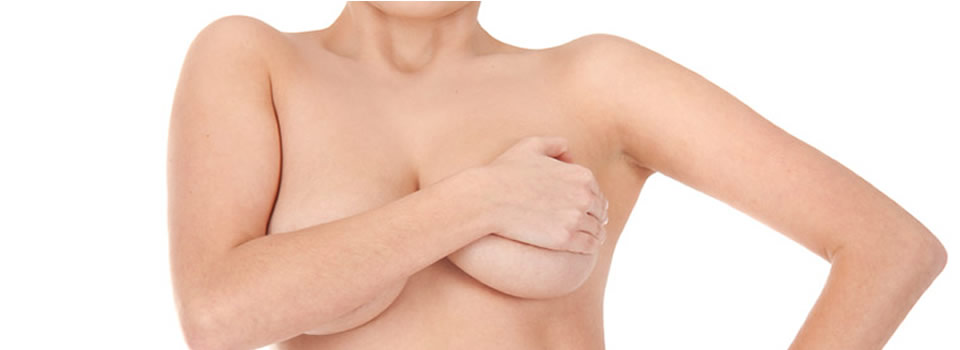Scientists Have Recently Advised Women to Stop Wearing Bras. This is Why…
 The birth of feminism in the late 1960s and early 1970s featured young women burning bras as a counterpoint to young men burning their draft cards. They were considered statements of feminine independence. Now there’s discussion regarding the medical merits of those demonstrations.
The birth of feminism in the late 1960s and early 1970s featured young women burning bras as a counterpoint to young men burning their draft cards. They were considered statements of feminine independence. Now there’s discussion regarding the medical merits of those demonstrations.
Controversial findings have been made that at least associate excessive bra wear to non-malignant breast fibrocystic disease as well as malignant breast cancer. Some assert there is a definite link.
Ironically, it was an American woman who invented the bra around the turn of the 20th Century. Up until the beginning of the 20th Century, corsets are what made women exhibit that desired hourglass figure and inadvertently pushed up the bust line for fashionable clothing of that time.
Problem was, corsets messed with internal organs while shaping those hourglass figures, and their tightness resulted in women fainting easily and often.
The Birth of the Bra
In 1893, Marie Tucek made a “breast supporter” that looked like a modern brassiere. But a little later Mary Phelps Jacobs designed a better version and called it a brassiere. She patented it and sold the patent to a company named Warner Brothers Corset Company in Bridgeport, Connecticut for $1,500. It caught on.
By the 1950s, teenage girls were urged to buy and use training bras to hold their breasts firmly in a desirable way and prevent sagging. But even the brassier industry admits that the only time bras prevent sagging is while wearing them.
It’s been observed that using artificial breast support long enough will cause the breasts’ cup shaped suspensory Cooper’s ligaments to atrophy, allowing the breasts to sag over time anyway. Exercises that strengthen pectoral muscles can be helpful.
It’s recommended to use a one piece sport bra for exercising. Some women use one piece sports bras as a healthier alternative for regular bras when not exercising.
Bras and Breast Health Consequences
The connection between wearing bras and painful and bothersome non-malignant breast fibrocystic disease as well as malignant breast cancer was hardly mentioned until the book Dressed to Kill by researchers Sydney Ross Singer and Soma Grismaijer came out in 1995.
They surveyed 5,000 women and discovered that women who wore bras for 12 hours or more greatly increased breast cancer risk than women who wore bras less.
Dr. Gregory Heigh of Florida has discovered that over 90% of women with fibrocystic breast disease find improvement when they stop wearing their brassieres. There are case testimonies (source below) from breast fibrocystic disorders who realized this when they stopped or at less lessened brassiere use.
The connection between breast tumors, non-malignant or malignant and bras has merit when considering the lymph drainage issues from wearing bras too often. The lymph system, which includes lymph nodes in the breasts, requires body movement to pump out the lymph nodes accumulation of toxic waste materials. That’s what bouncing on a rebounder is about.
Not only are breasts’ movements inhibited by bras to not allowing proper lymph nodes draining, but the actually tight enclosures of bras constricts the breasts and restricts lymph material flow.
There was a study that attempted to debunk the link of excess bra wearing to breast fibrocystic disease and breast cancer, but that study itself was debunked in an earlier RealFarmacy article.
If a Florida doctor has observed 90 percent healing from fibrocystic breast disorders upon not wearing bras or wearing them less, and many other women have written in with positive results on their bra abstinence, it follows that wearing bras less or not at all helps prevent breast cancer.
